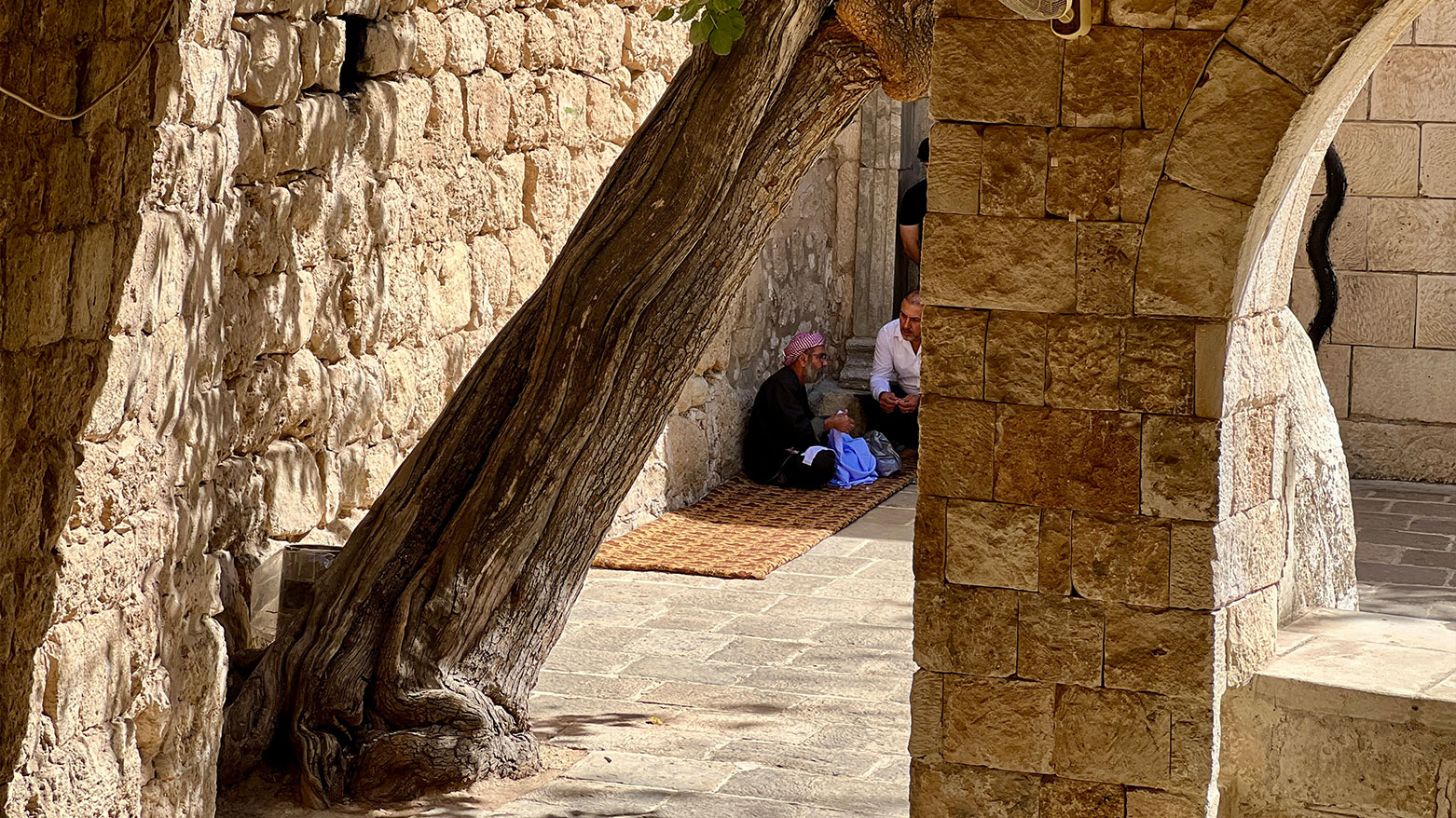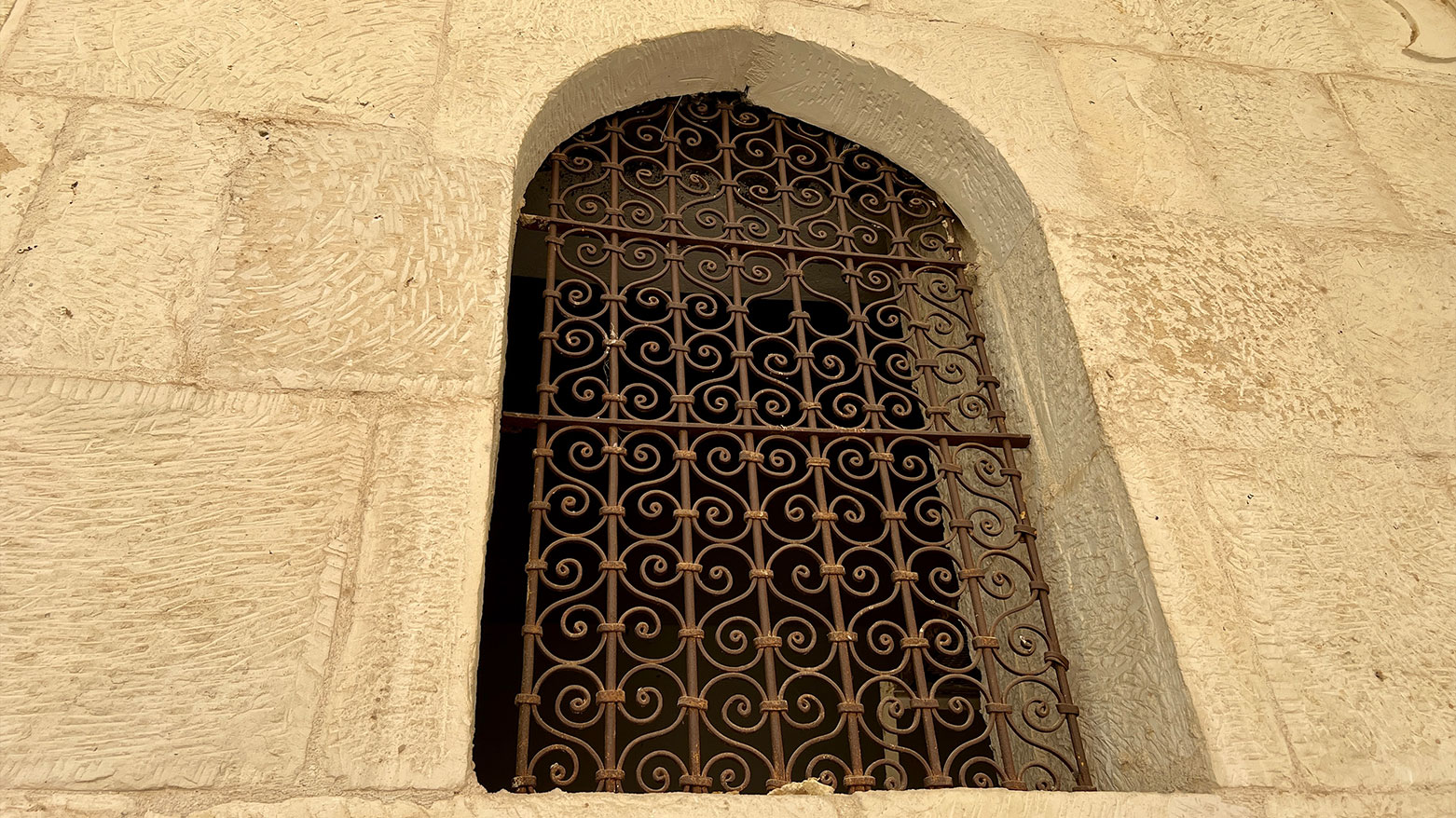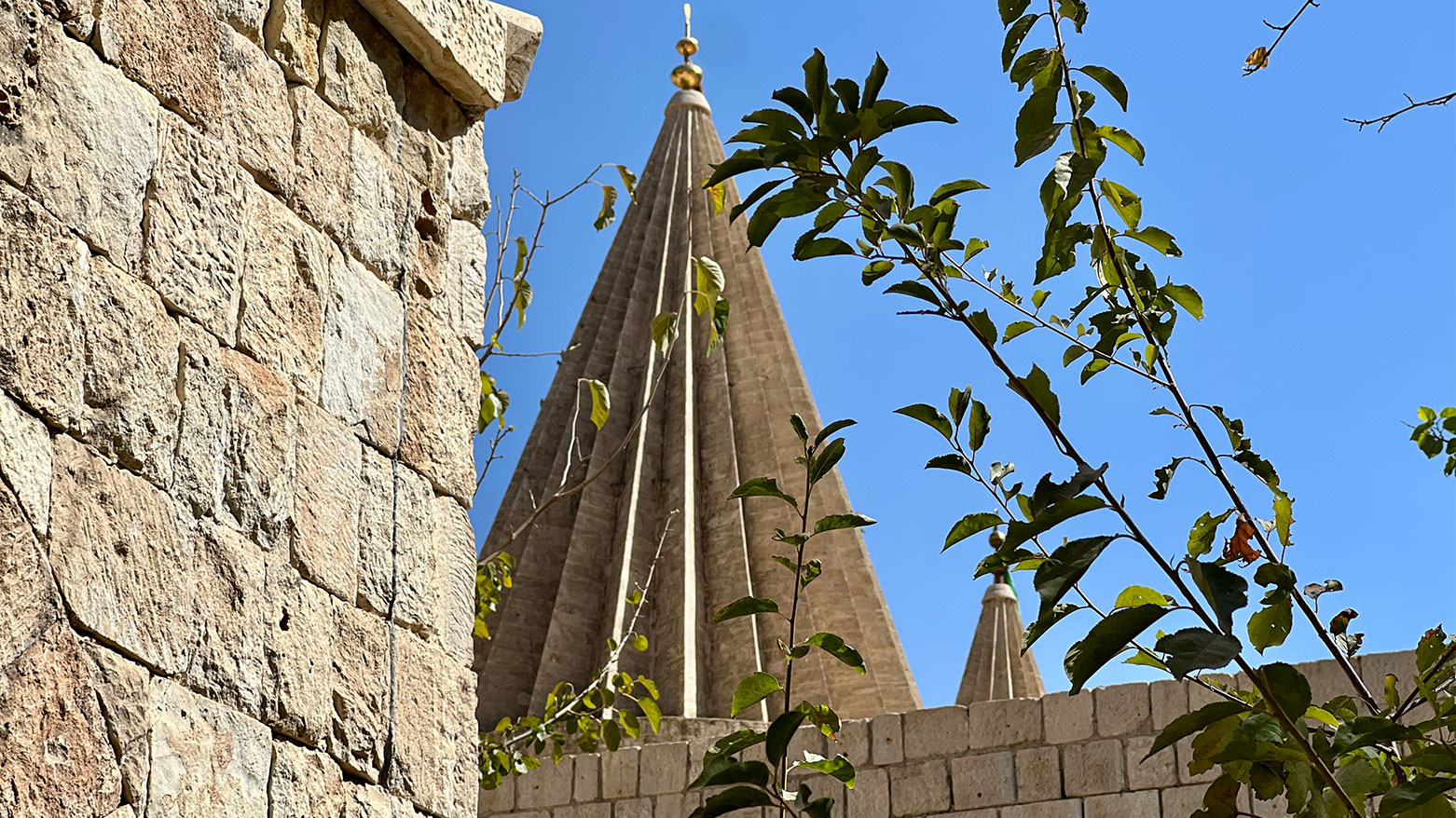
Lalish The Beating Heart of Faith: A Journey into the Yazidi Jama'i Festival
Erbil (Kurdistan24) – In the coming days, from October 6 to 12, Yazidis will gather in the sacred Lalish Temple in the Sheikhan district of Duhok province to mark Jama’i Festival (جەژنا جەمایێ), the longest and most important religious celebration in their calendar. The week-long rituals will bring together thousands of pilgrims, tying their prayers to the mountains and their ancient covenant with faith, sacrifice, and renewal.
The Jama’i Festival, deeply woven into Yazidi religious history, stretches from October 6 to 12 according to the Yazidi calendar. For seven days, Yazidis travel to the Lalish valley, where prayers and sacrifices are offered, and ancient rites are observed. The festival is seen as a profound connection between the people, nature, and the three spiritual stages of Yazidism.
Some of the ceremonies hark back to the dawn of Yazidi faith and its divine traditions. Among the most significant is the sacrificial offering of an ox dedicated to Sheikh Shams, the greatest of Yazidi deities. Other rituals reflect links to the era of Prophet Abraham, while still others recall the time of Sheikh Adi, whose tomb in Lalish remains the heart of Yazidi spiritual life.
This layered symbolism makes Jama’i not only a religious observance but also a living testimony of Yazidi continuity, marking the passage of their community through centuries of faith, resilience, and renewal.
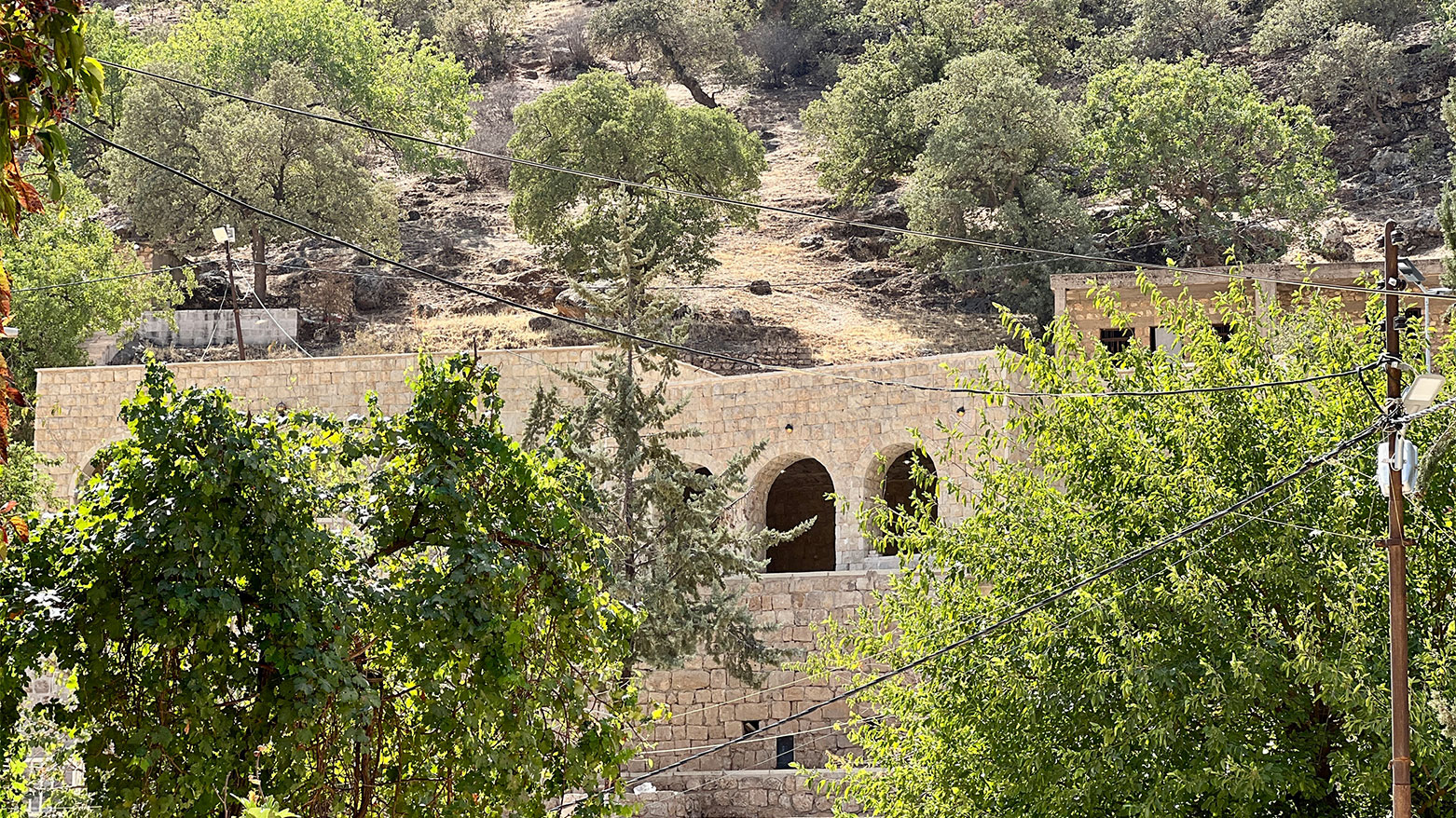
Pilgrimage and Preparations
The days leading up to the festival are filled with devotion and preparation. Yazidi families and spiritual leaders travel from near and far, cleaning Lalish’s sacred courtyards, preparing homes, and welcoming guests. On the eve of the festival, pilgrims gather at the tombs of Sheikh Adi, Sheikh Fakhr, Sheikh Shams, and others, visiting the sacred springs of Kaniya Spî and Zamzam.
Every Yazidi is expected to perform these visits before taking part in the central ceremonies. Ritual foods, including the sacred samat, are prepared, while the qewals — Yazidi religious singers — chant hymns at dawn accompanied by def (frame drums) and shibab (flutes).
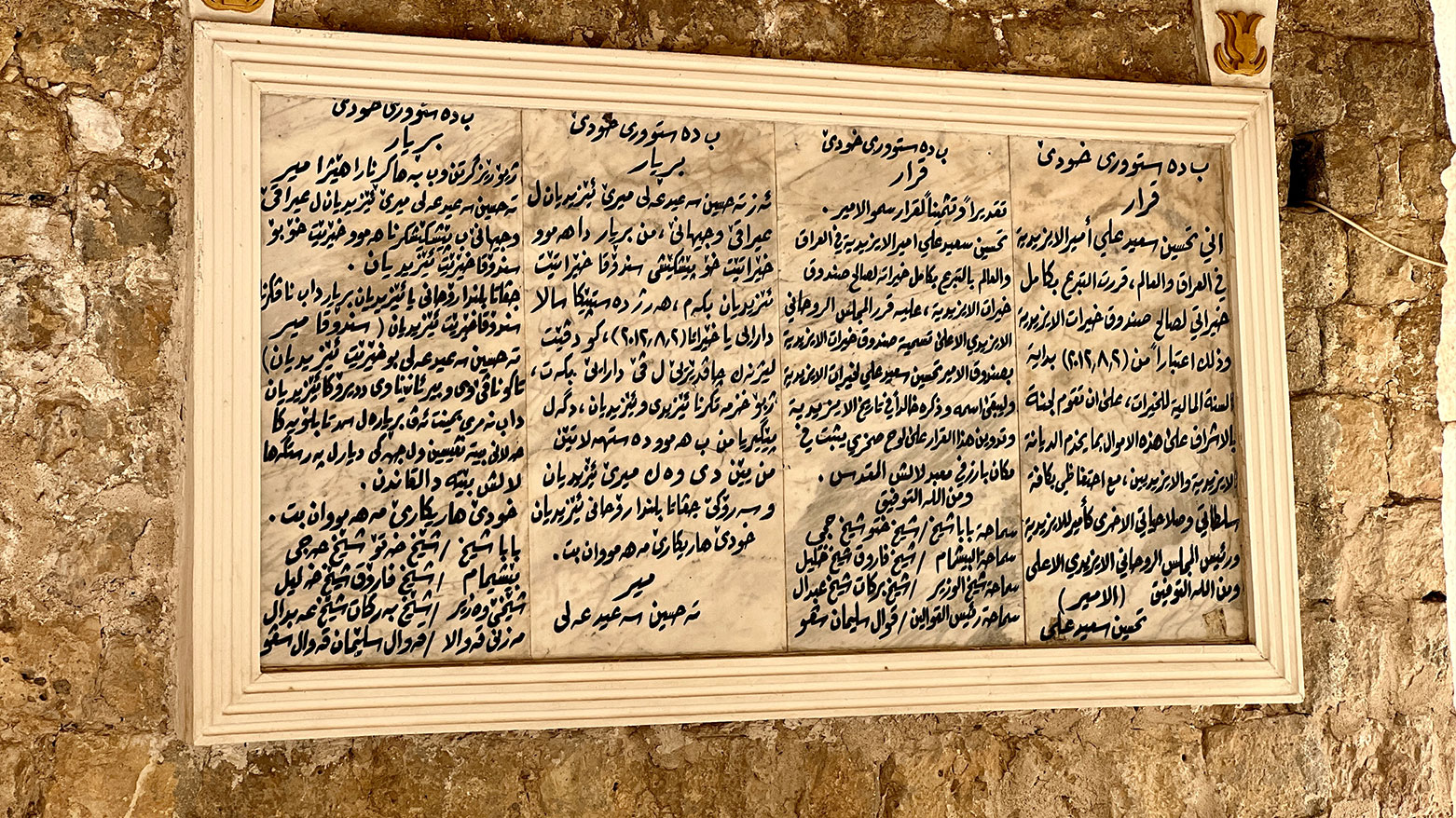
The Ritual of the Wishing Ribbons
One of the most unique ceremonies is Peri Suwarkan (the tying of wishing ribbons). Pilgrims dip colorful cloth ribbons into the waters of Kaniya Spî, tie them at shrines, and carry them on their heads or arms as blessings. Accompanied by the rhythmic sounds of drums and flutes, the ribbons are taken through the temple complex until they reach the tomb of Sheikh Adi, symbolizing renewal and divine protection.
These ribbons, dedicated to saints such as Sheikh Adi, Sheikh Hassan, Sheikh Shams, Sheikh Fakhr, and Sheikh Bakr, embody Yazidi spirituality across generations.

The Sacrifice of the Ox
Perhaps the most powerful ritual of the festival takes place on the fifth day at Mount Arafat near Lalish. Known as Qebax, it involves the sacrifice of an ox by Yazidi priests. The animal is slaughtered in front of crowds, its meat distributed as sacred food to pilgrims.
The event brings together qewals, sheikhs, and armed guards in solemn procession up the mountain, where they light torches and sing hymns before the sacrifice. The ox’s blood is poured on the shrine of Sheikh Shams, symbolizing renewal of the covenant between the Yazidi people and their faith.
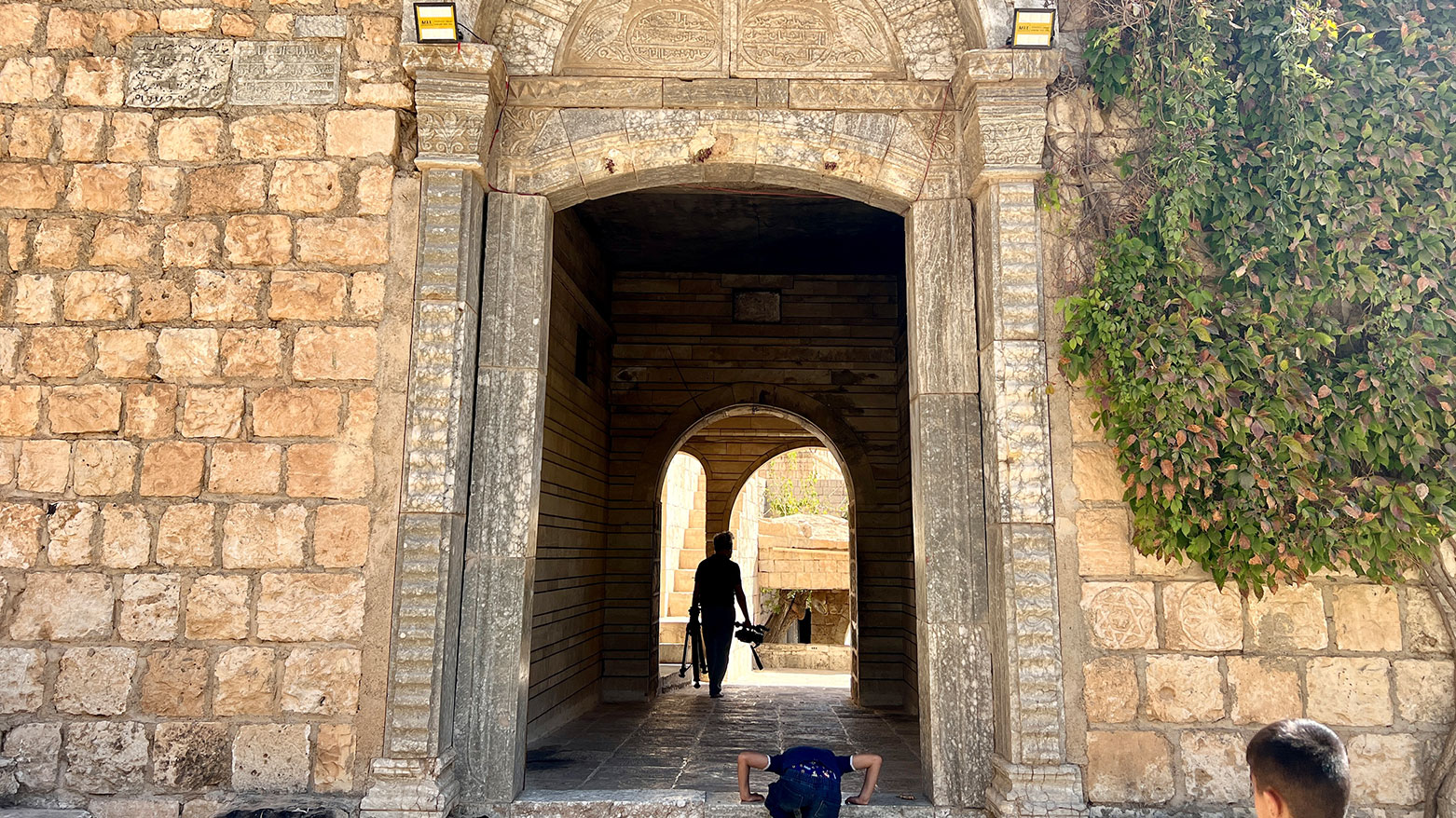
The Shabaki Procession
Another highlight is Berê Shabakê, a grand procession involving elders, clerics, and pilgrims carrying torches and sacred objects. The ceremony begins at Kaniya Spî and winds its way through Lalish, culminating at the shrine of Sheikh Adi. Participants tie sticks to their heads and strike them against the ground three times, while chanting prayers in honor of the saints.
Over three days, the ritual is repeated with solemnity, each time reaffirming the Yazidi people’s devotion.
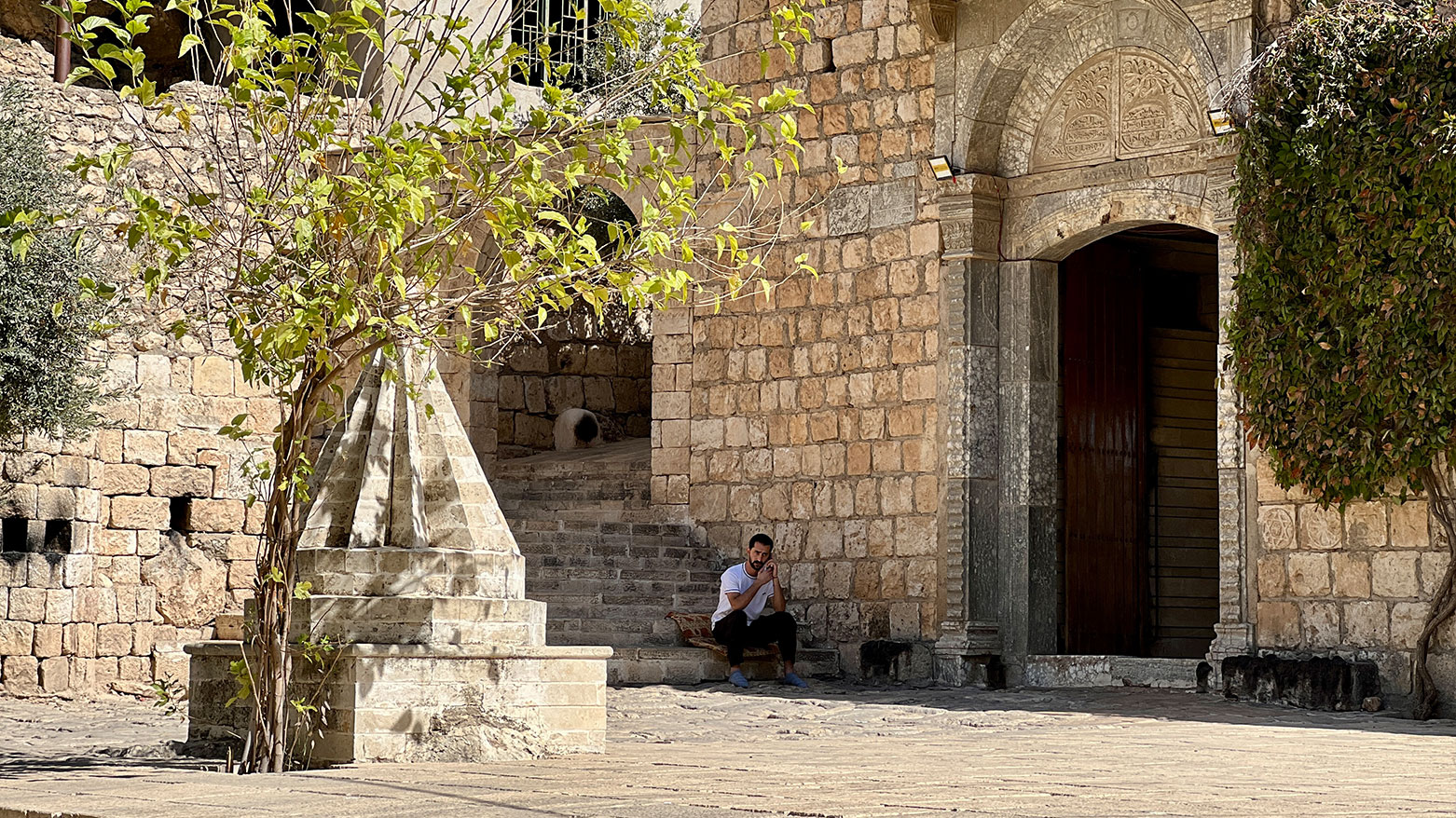
Music, Dance, and Unity
Throughout the week, the temple comes alive with spiritual songs and traditional dances. Young men and women, priests and lay followers alike, gather in circles at nightfall, dancing to the music of drums and flutes. Pilgrims chant hymns of light, while torches illuminate the valleys around Lalish.
The celebration culminates with the ceremonial washing of the sacred Tawusê Melek (Peacock Angel), the holiest symbol in Yazidism, marking the completion of the festival.

Lalish: The Beating Heart of Yazidi Faith
Lalish Temple, nestled in the mountains north of Sheikhan, is not only the largest and most sacred Yazidi temple in the world, but also the anchor of Yazidi identity. Each year, Yazidis from across Kurdistan and the diaspora return to this valley of light, reaffirming their faith and traditions despite centuries of persecution.
The Jama’i Festival, with its rich blend of ritual sacrifice, prayer, music, and community gatherings, is more than a festival. It is a declaration of resilience, a bridge between ancient heritage and modern identity, and above all, a prayer carried through the mountains for peace and continuity.
